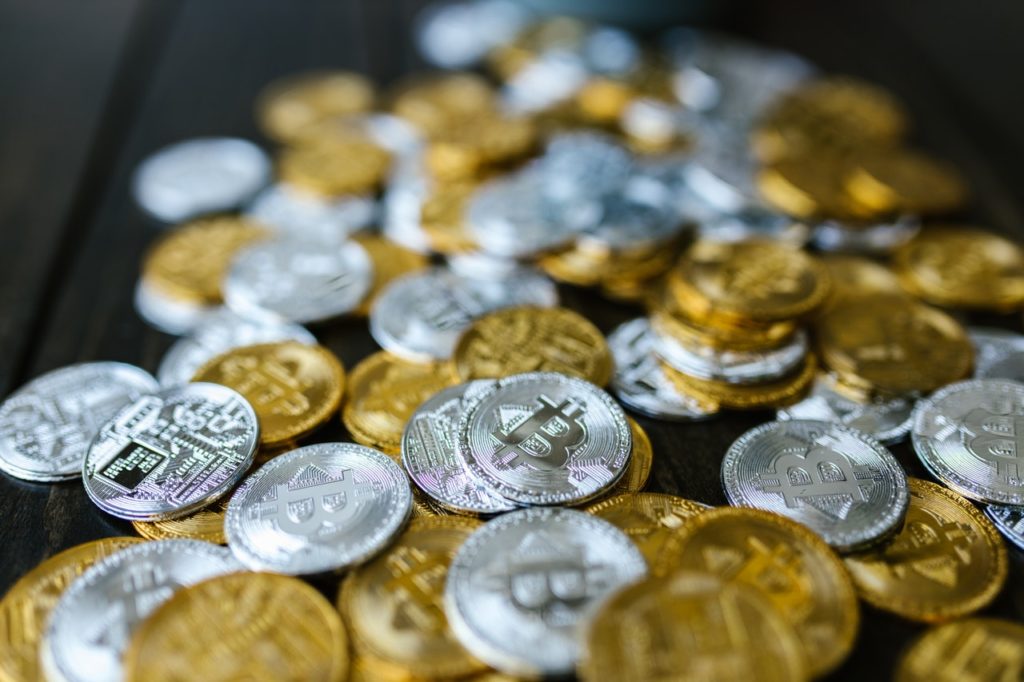In the crypto domain, it’s quite common to see that cryptocurrencies enjoy a rally period when their prices keep rising. Whenever one sector faces some improvements, it’s very usual to see cryptocurrencies move as well. For instance, it’s common to see DeFi coins move upwards together. Meanwhile, Metaworld tokens surged when Facebook announced that they were rebranding.
But this week, the top cryptocurrencies that faces a rise in prices have little in common with each other. For instance, the cryptocurrency Polygon, which is a layer-2 scaling opportunity for Ethereum, is rising. The same goes for Aave, Voyager, Koinos, and Linear. These are a DeFi asset, a crypto trading platform, a new blockchain touting stability, and a cross-chain asset protocol respectively.
Over the course of the last month, all of these coins have experienced major gains. And although they are very different, they share a commonality. All of them had a VORTECS score higher than 90 before they attained a surge in price levels.
In fact, experts are saying that all of these tokens showed social behavior and trading patterns that were the same as those in previous rallies. Then, once these predictable trading conditions were seen, most crypto coins started their own cycles which transformed into a rally. So the main question is if there was a chance for traders to get in these bandwagons a little earlier.
The indicator that showed off an immensely bullish trading attitude is actually the VORTECS score. This is a tool that crypto analysts can use with Markets Pro, Cointelegraph’s subscription-oriented intelligence platform.
It works by comparing the present sentiment and trading conditions to previous situations that have certain similarities. Then, it alerts investors and traders when it sees that a coin is experiencing trading behaviors before a potential bullish run. To date, real-time testing of the VORTECS algorithm has been ongoing for more than ten months.
If a cryptocurrency or token gets a VORTECS score that’s above 80, it can be categorized at confidently bullish. On average, experts record that there are up to 50 instances of digital assets gaining a score of above 80. But while these are fairly common, it’s rare to get a score that’s around 90 or higher. In an average week, the algorithm detects at most, 4 to 5 instances of such scores. And in some cases, an entire week has passed without any assets gaining a score of 90.
Because such extremely high scores are also rare, it shows how the algorithm only shows such confidence if such conditions have occurred in the past. Experts have found that when certain tokens or digital assets get scores of above 90, it’s followed by price surges that can last for days.







More Stories
Koinal Review – Is Koinal Scam or a Trusted Broker? (Koinal.ai)
Fxp360 Review – Is Fxp 360 Scam or a Trusted Broker? (Fxp360.com)
Coinbase Files A Petition To The SEC, Argues That Staking Should Not Be Classified As Securities